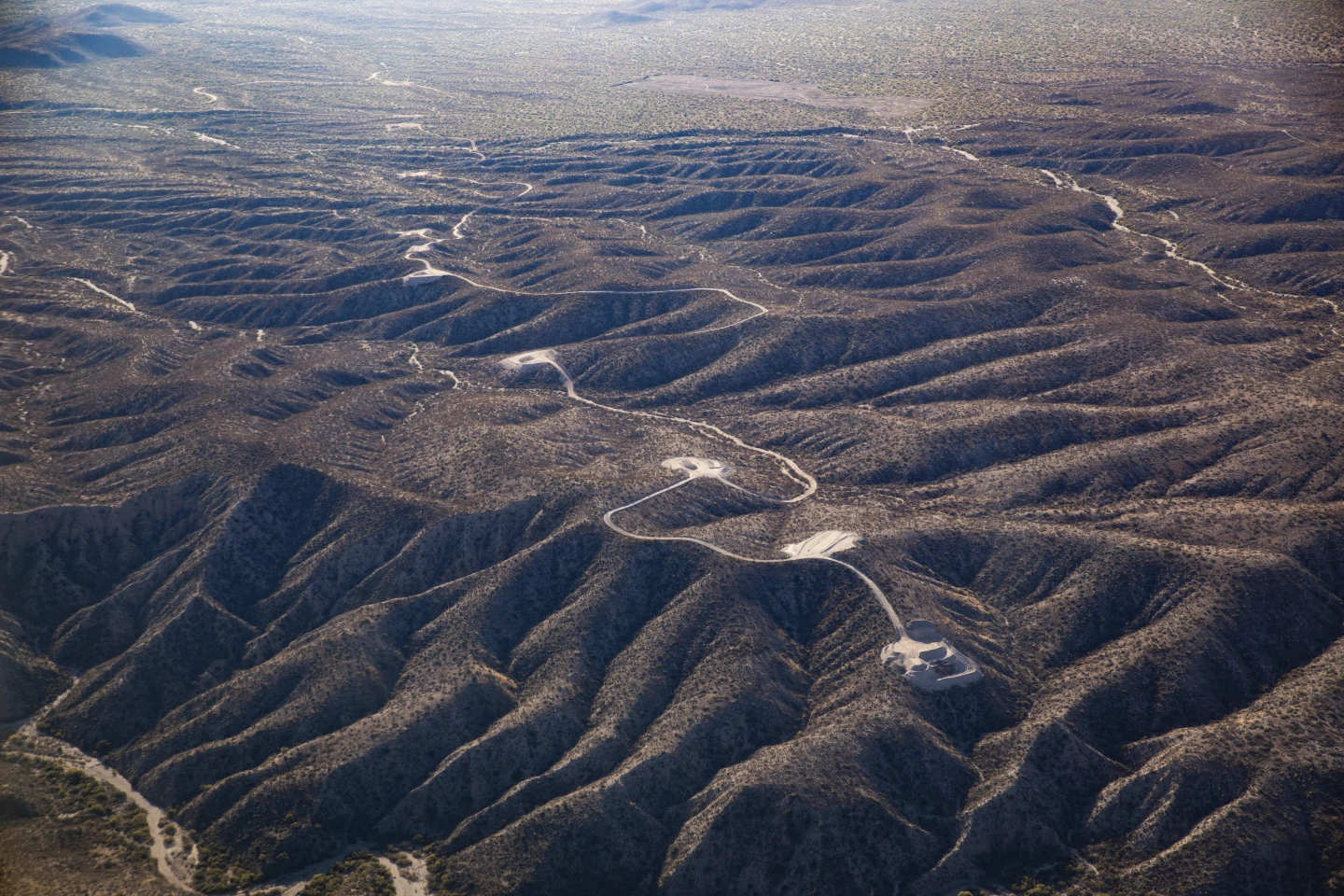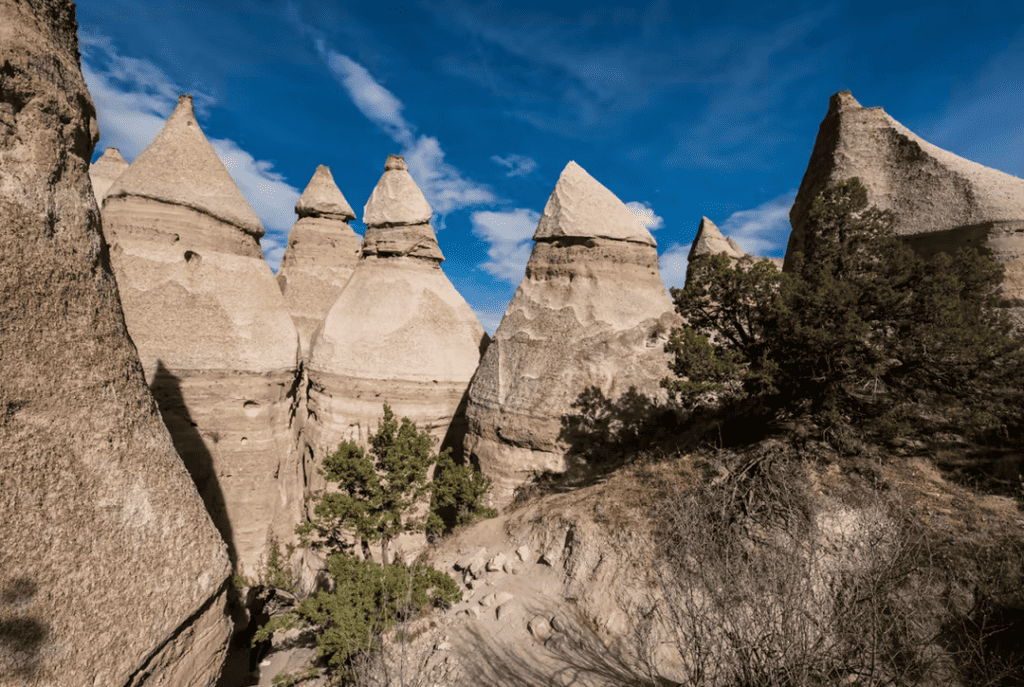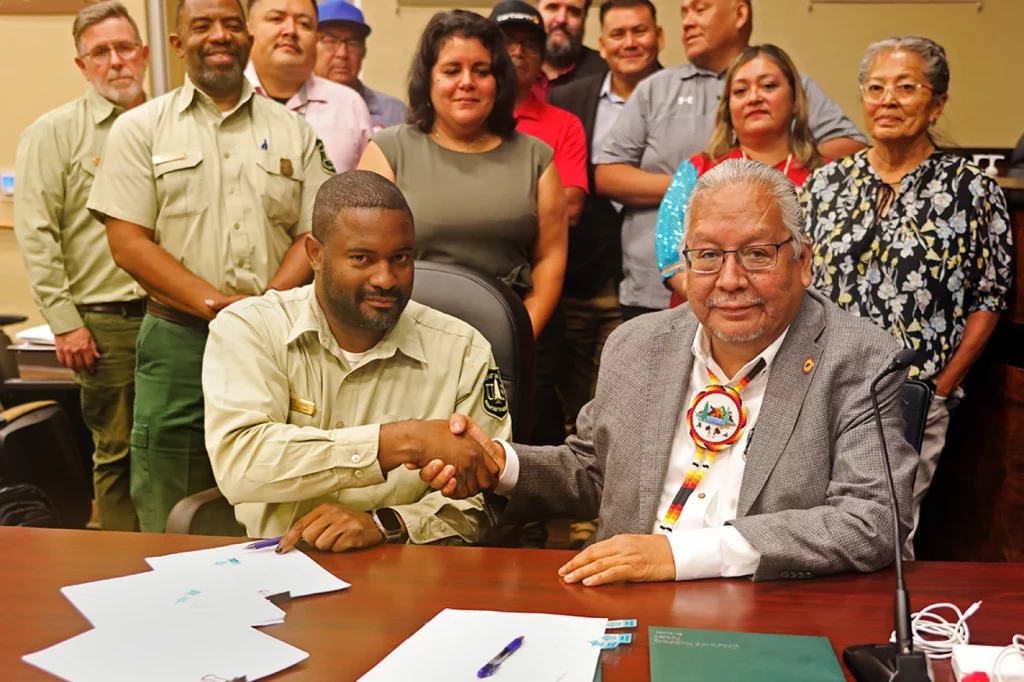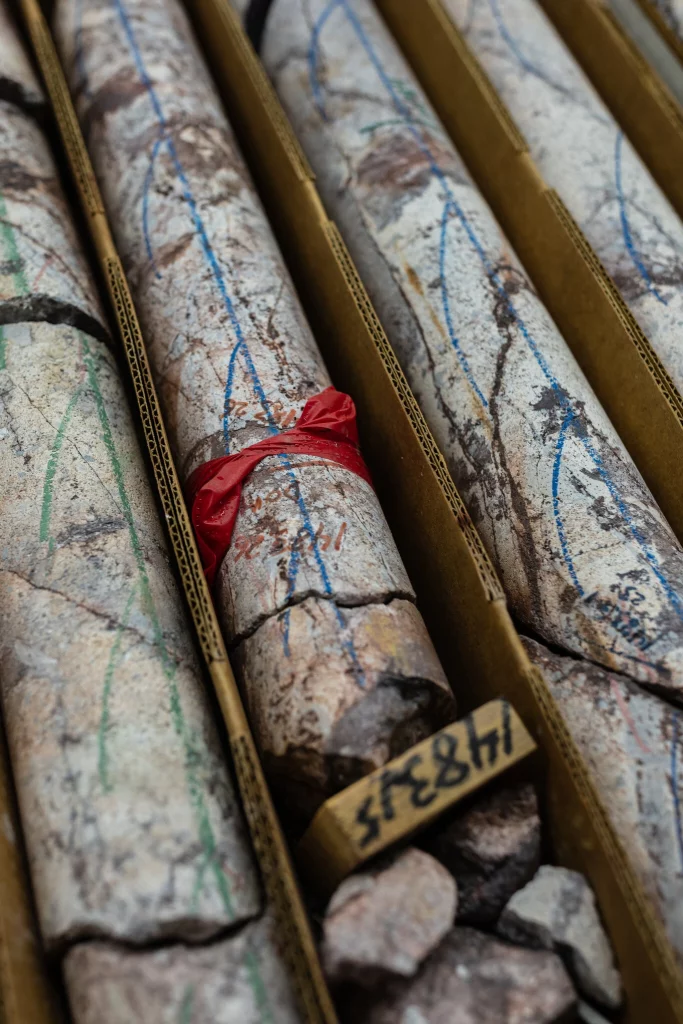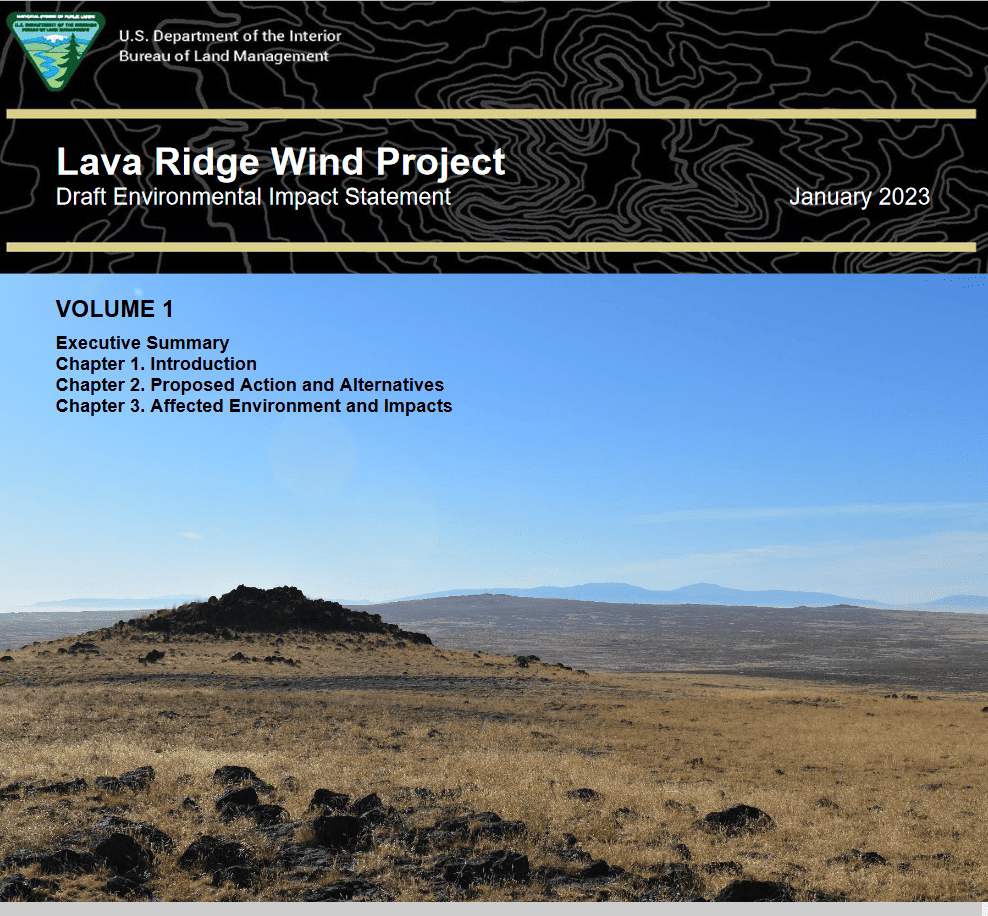
Lava Ridge Wind Project Extended Post- DEIS and Comment Period into Next Administration
It seems like the Biden Admin is doubling down on efforts by their conservation friends (e-bikes, Monumentizing, conservation leasing), and possibly throwing their renewable friends under the bus.
People didn’t want Lava Ridge, but then local people seldom want big wind projects. So I wonder what the political calculus was about this one? If someone knows the inside scoop, please share at my email on the donate widget to the right. Privacy provided.
Still No Wolves For You, And Some Wolf History
Colorado Sun article. There was an initiative put on the state ballot to reintroduce wolves, even though they were moving down on their own from Wyoming. Colorado Parks and Wildlife seems to have done an excellent job of listening to people about this and coming up with a plan.
Well worth a read.
One thing that caught my eye was this:
Lambert credits the negative perception of wolves to a much older source: the colonization of North America.
“When white, colonizing Europeans hit North America, they were kind of shocked to encounter animals that they had completely extirpated in Western Europe,” she said.
One thing I have found is that not many people are familiar with European history at the points when people left for what is now the US. If we took the timing of Spanish colonists in Santa Fe (since the British weren’t here in the west at that time) as 1610, well.. here’s what Wikipedia has to say about wolves in Western Europe (check out the decline).
If we take Spain specifically, here is a journal article that says:
Wolf records were widely distributed in mid-19th century Spain, being present in all its mainland provinces. The probability of occurrence was positively associated with landscape roughness and negatively with human population density and the landscape suitability for agriculture.
Perhaps the story is simpler. Wolves ate livestock there and were killed. People moved to North America, where wolves ate livestock and people killed them. Also there’s the issue of wolves killing people, which Wikipedia also has an entry on. My point is not that wolves are currently killing people here in the US; my point is that it was not unreasonable for people from countries where wolves-killing-people happened at times that wolves-killing-people was going on, to be afraid of wolves-killing-people. For example, if you migrated to the US from India in the 1800’s, at least from the provinces mentioned below, it would seem fairly reasonable.
Records of wolf attacks in India began to be kept during the British colonial administration in the 19th century.[33] In 1875, more people were killed by wolves than tigers, with the worst affected areas being the North West Provinces and Bihar. In the former area, 721 people were killed by wolves in 1876, while in Bihar, the majority of the 185 recorded deaths at the time occurred mostly in the Patna and Bghalpur Divisions.[34
There’s a Denver Post story with more interesting details about the other States’ willingness or not to give up their wolves. For example,
Montana officials, too, are still considering Colorado’s request, said Brian Wakeling, game management bureau chief at Montana Department of Fish, Wildlife and Parks. The state’s Fish and Wildlife Commission would make the final decision on whether to send wolves to Colorado.
Under state law, Montana wildlife officials would have to complete an environmental assessment before the commission could make a decision, he said. They may also want to complete a more rigorous environmental impact statement because of the controversy surrounding wolves, which could slow down decision-making, Wakeling said.
“It’s hard to sit here today and tell you whether that would take six months or a year,” Wakeling said.
Then there’s getting a 10j rule from the feds. The deadline, based on the initiative is Dec. 31.
*****************************
Wind and Solar Resistance: Not Just Here
Robert Bryce wrote a lengthy piece on his Substack, summarizing local resistance around the world as well as links to his Renewable Rejection Database. Here’s one example from Israel. I wonder how many other rural people feel “an almost sacred bond” for land “passed down by generation.” The concept of “you need to lose so that other people can win” is an uphill push politically. Much depends on “what are the alternatives?” and our sympathies for the people feeling the pain.
On June 24, The Times of Israel reported that “The head of the Druze community in Israel, Sheikh Muafak Tarif, has warned the government to stop the work to construct wind turbines in the Golan Heights, or face ‘a reaction the country has hitherto not seen.’” The article continued, saying the wind project has:
Angered Druze villagers who see the project as a threat to their agrarian way of life, an encroachment on ancestral lands and a solidification of what they view as Israel’s occupation of the territory. They contend that the giant, soaring poles and the infrastructure needed to construct them will impede their ability to work their plots. They also say the turbines will disturb the almost sacred bond they feel to their land, which is passed down by generation and where families go for fresh air and green space.
********************
Native Alaskans Flout or Flaunt: King Cove Version
I’ve been trying to reverse engineer who really has the ear of the Biden Admin by noting when they flout the wishes of Indigenous people and when they flaunt them. Certainly the recent Monumentizing in Arizona was a flaunt. King Cove, however, remains a flout. From June of this year, on Alaska Public Media.
The Trump administration agreed to a land swap in 2019 that would allow construction of the road. But President Biden’s Interior secretary, Deb Haaland, said the department wouldn’t go through with it and moved to pull out of the agreement this March.
On June 15, the court of appeals sided with the Department of the Interior, and granted Interior’s motion to dismiss the case.
“We’re glad to see the Izembek court case wrap up after the Interior Department’s withdrawal of the challenged land exchange,” said Bridget Psarianos, an attorney with Trustees for Alaska, a non-profit environmental law firm.
But lawyers for King Cove argue that the land exchange is still valid. They say the land exchange agreement can only change if a future court rules favorably on the decision to withdraw, and that they couldn’t just dismiss the motion in court.
“We believe the land exchange is still legal and valid,” said Della Trumble, the chief executive of King Cove Corp. in a statement. “As Native people, we will continue to fight for our rights and demand tribal consultation, which the Department of Interior failed to honor before executing its March 14, 2023 decision to terminate the land exchange.”
Although the Department of the Interior pulled out of this particular land swap, it said it’s looking into alternatives.
Who were the plaintiffs?
National Audubon, The Wilderness Society, Defenders of Wildlife, National Wildlife Refuge Association, Friends of Alaska National Wildlife Refuges, Wilderness Watch, Alaska Wilderness League, Center for Biological Diversity, and Sierra Club.

